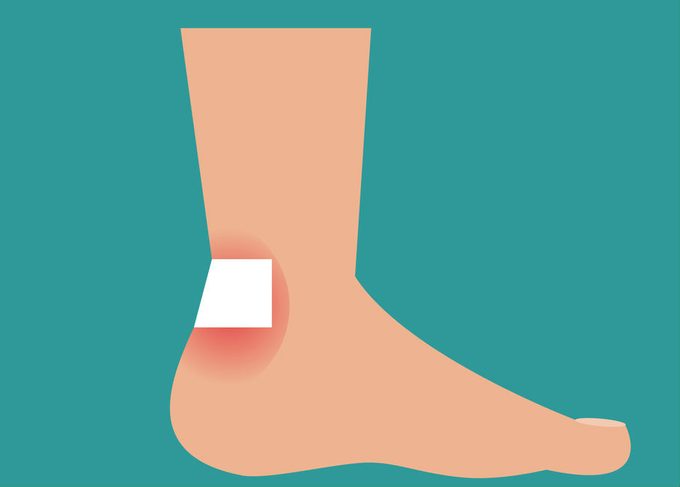The Best Natural Home Remedies For Calluses and Corns
If your hands or feet suffer with corns or calluses, the right oil or glove could make all the difference. Here are some natural home remedies to make corns and calluses disappear

Natural home remedies for calluses and corns
When your body tries to defend itself from injury, it sometimes creates strange armour. The outermost layer of skin piles up a thick fortress of dead cells whenever it’s rubbed too much or too often.
That’s what happens when an ill-fitting shoe keeps rubbing the same toe, or a metal-handled rake puts friction on the inside of your thumb. The epidermis gradually builds up a callus. That, in turn, can evolve into a corn, which is simply a callus with a hard core.
Calluses on the hands and feet can be painless and protective. But if a callus or corn presses on a bone or nerve underneath your three layers of skin, it can be as painful as a pebble between your toes.
Say goodbye to this pesky problem with these natural home remedies for calluses and corns.
Treating calluses and corns naturally
If a callus is causing you pain or aggravation, you need to scrape away some of those dead cells so the callus won’t put so much pressure on your nerves. Immediately after a warm shower or bath, when your skin is wet and softened, rub a pumice stone on the callus to remove dead cells.A pumice stone is simply a rough piece of volcanic mineral. Don’t try to grind the whole callus away in one sitting, as you’ll rub your skin raw. Instead, sand it down a little every day, and be patient. If the callus is very thick or hard, the sanding project might take a few weeks
For what are called ‘soft corns,’ use an emery board. Soft corns occur between your toes. They arise when the bones in adjacent toes rub until the skin thickens. A pumice stone won’t fit in that tight space between toes. Instead, purchase the same kind of emery board that’s designed to pare down fingernails and file away a little bit after every bath.
Instead of filing corns and calluses, you can soak and moisturize them until they grow soft.For corns on your toes, use castor oil as a softener with a corn pad as protector.
To protect the corn, you want nonmedicated, doughnut-shaped pads, sold at pharmacies.
Place one of these pads around the corn, dab a few drops of castor oil onto the corn with a cotton swab, then put adhesive tape over the top of the pad to hold it in place.
The little padded doughnut encircles the corn and shields it from pressure while also holding in the moisturizing castor oil. (Since the castor oil can leak out through the bandage, causing stains, wear some old socks when you’re using this treatment.)

More natural home remedies for calluses
To help protect a callus or corn on your foot from pressure, custom-design a protective ‘doughnut’ using a piece of adhesive moleskin. Cut a circle larger than your callus or corn, fold it in half, and cut a half-circle in the centre. When you open it up, you’ll have a padded ring. Apply it over your corn or callus.
Stalk the corn with acid. One source of salicylic acid is plain old aspirin.To create your own corn-softening compound, crush five aspirin until they turn into a fine powder. Mix the powder thoroughly with one-half teaspoon of lemon juice and one-half teaspoon water. Dab the paste onto the thickened skin, circle it with a piece of plastic wrap, then cover the plastic with a heated towel.Remove everything after 10 minutes and gently scrub away the loosened skin with a pumice stone.
How to prevent calluses and corns from forming
Another good way to soften calluses and corns is to soak them in water containing Epsom salt. Follow the directions on the package.
Try socks that have very thick, cushioned soles. They could keep your calluses from getting worse.
Choose shoes that fit well. You should have a thumb’s width of distance between your longest toe and the end of the shoe. Shoes should be wide enough so that your toes and the balls of your feet aren’t cramped from side to side. If shoes are too roomy, your feet slide around and rub against the sides.




